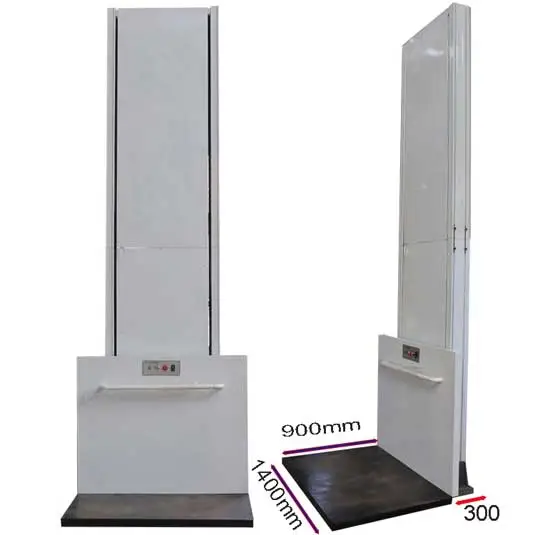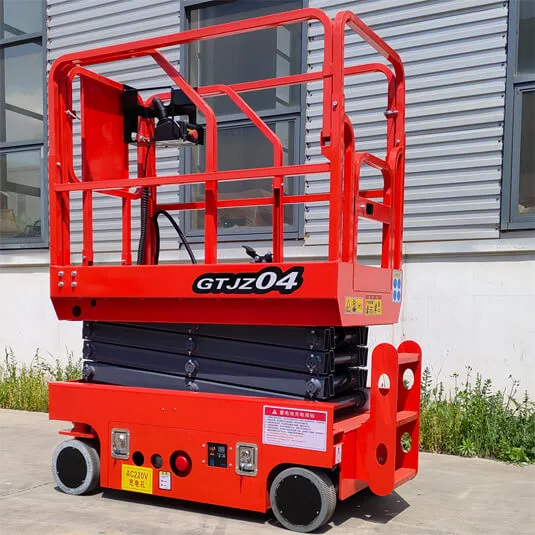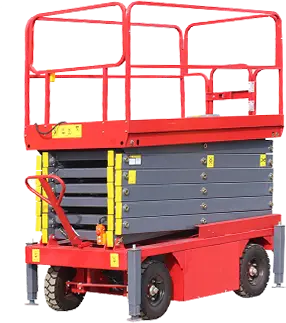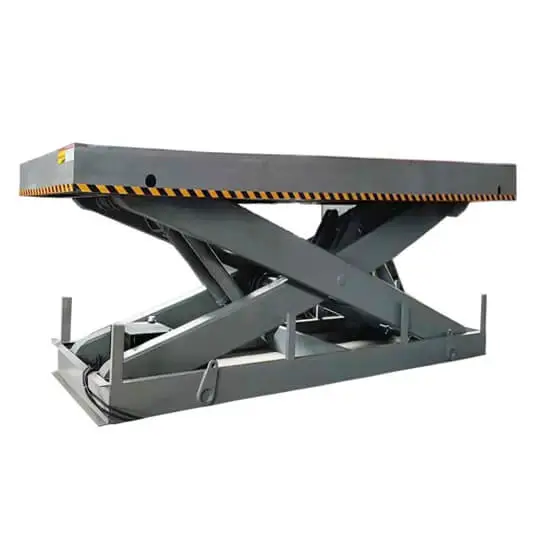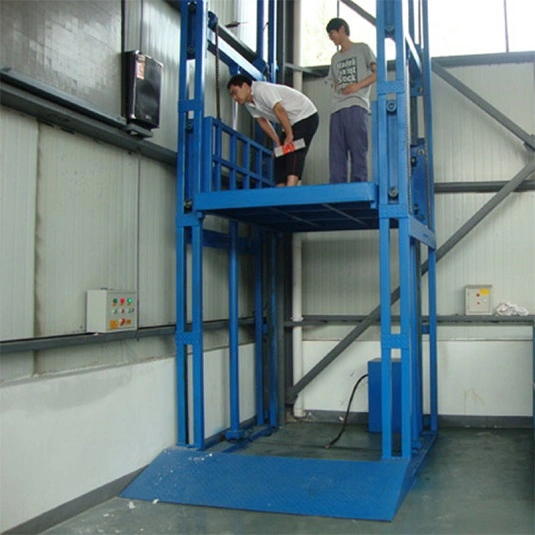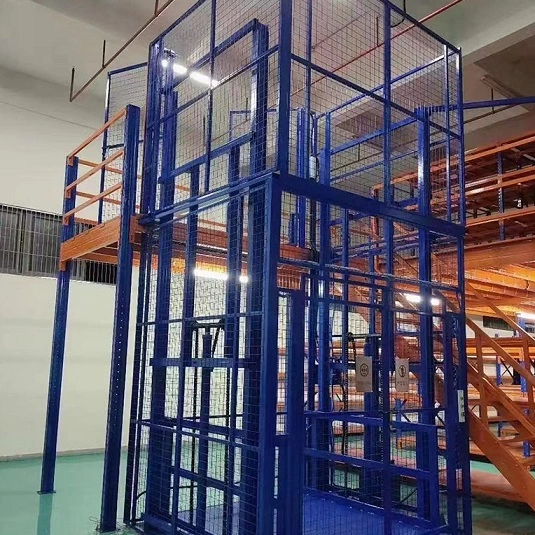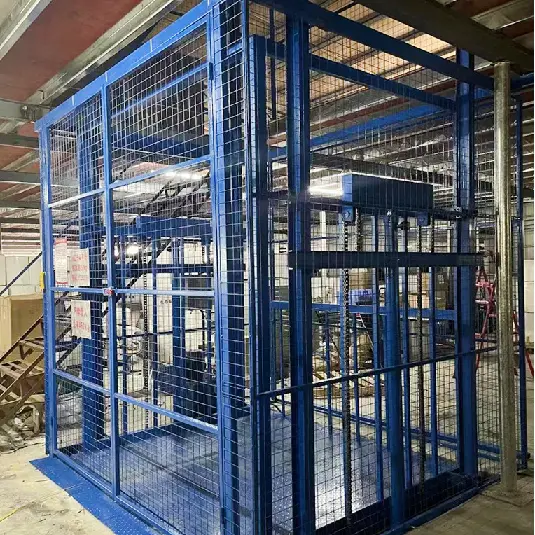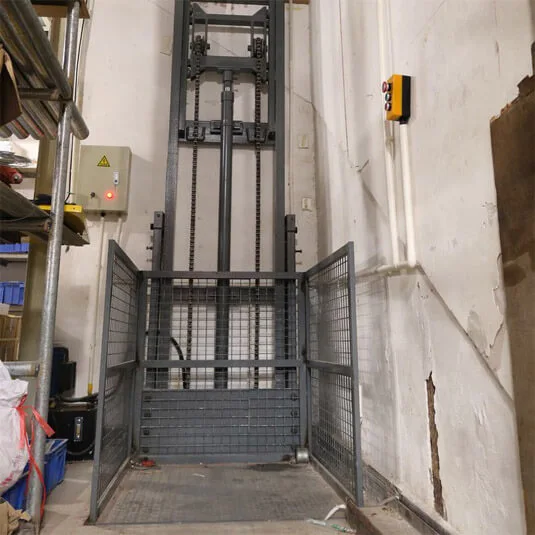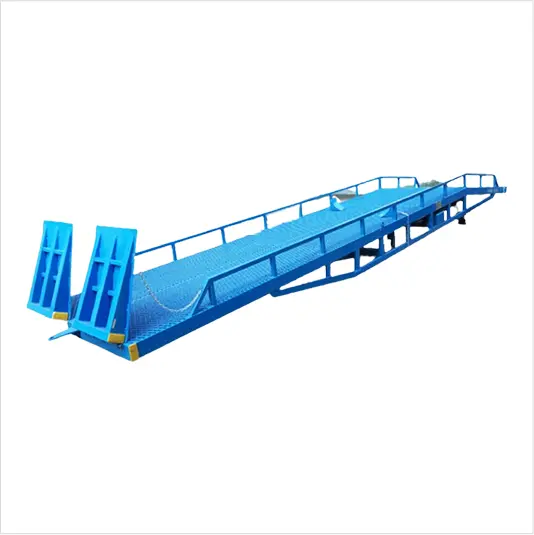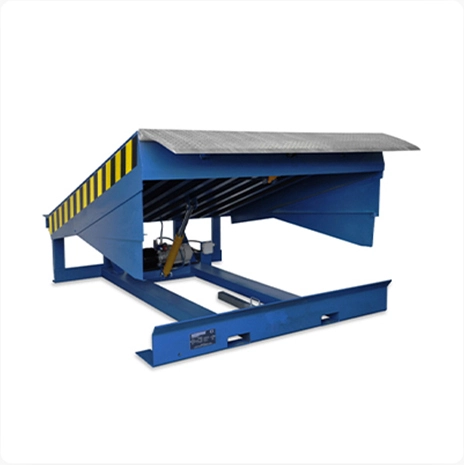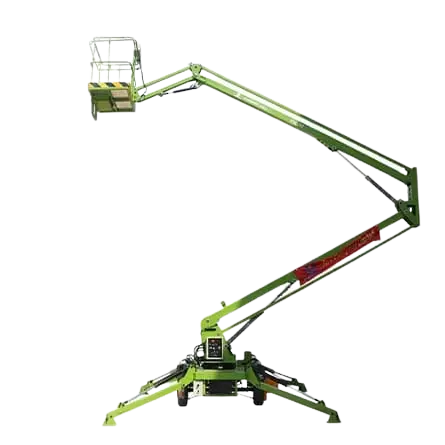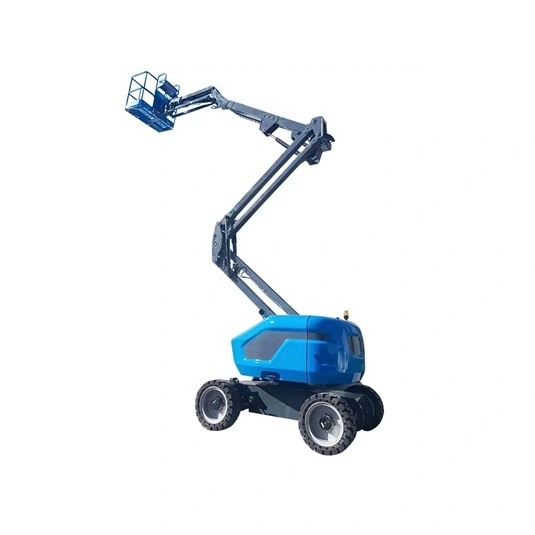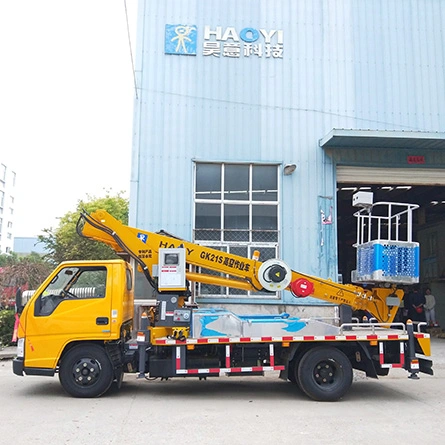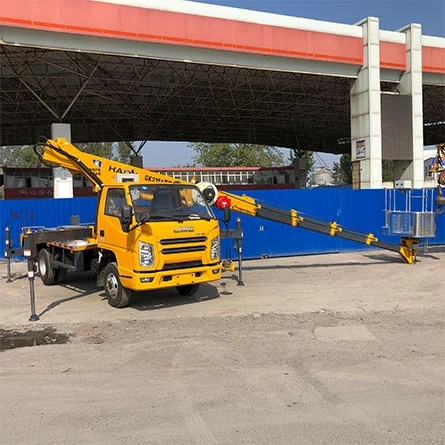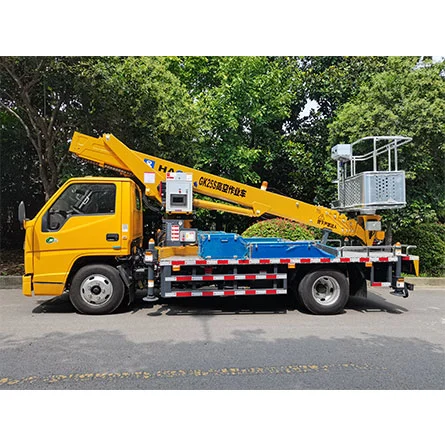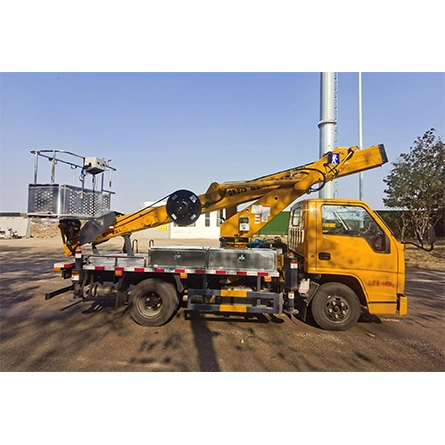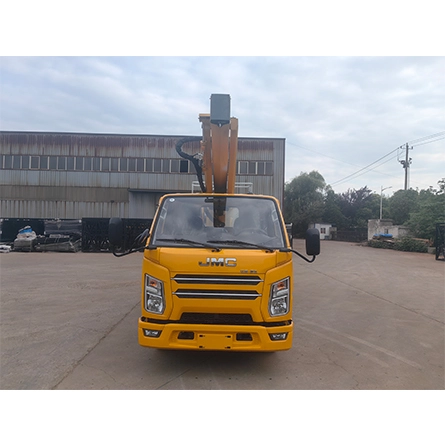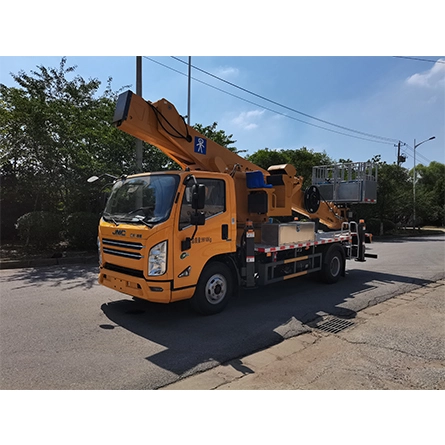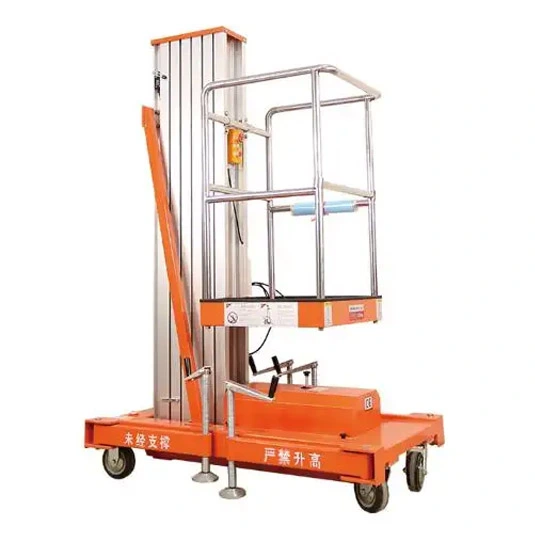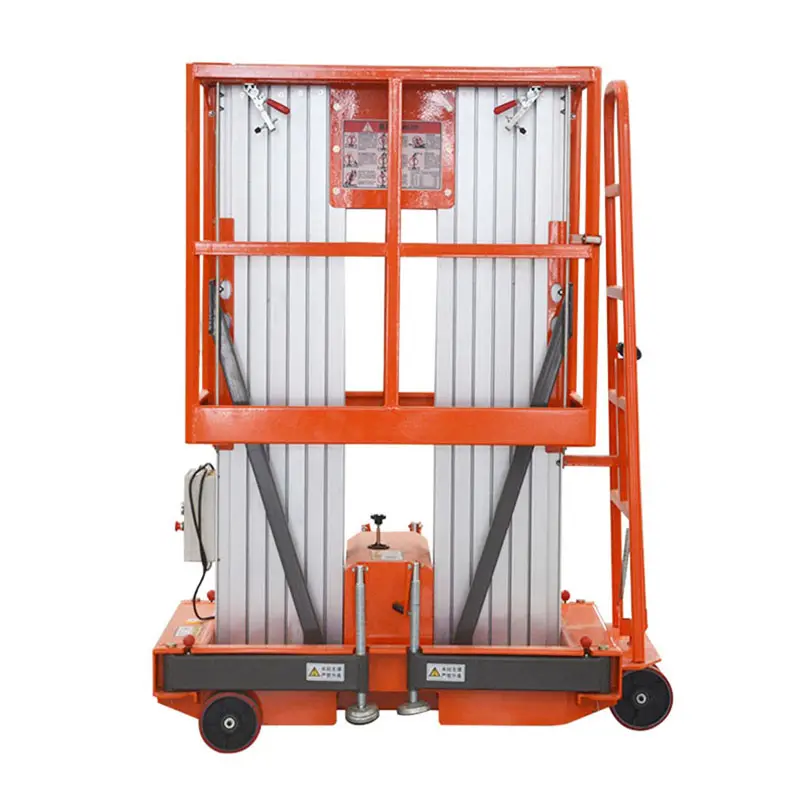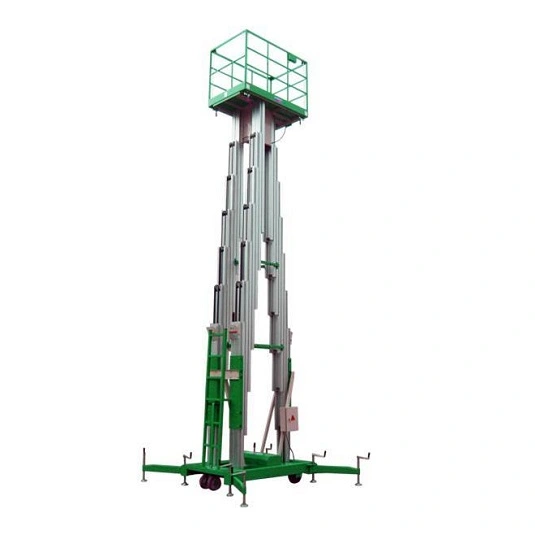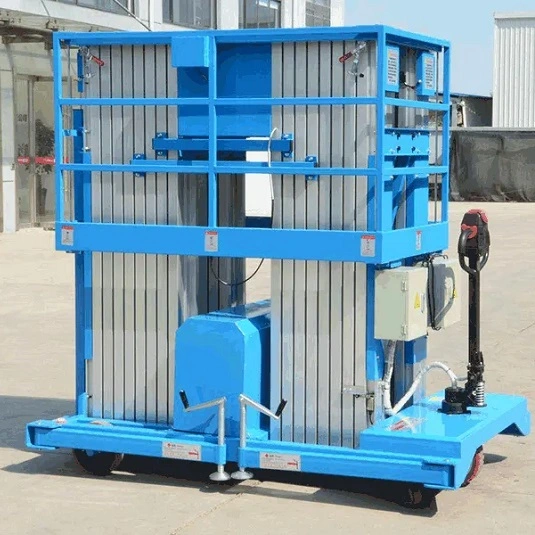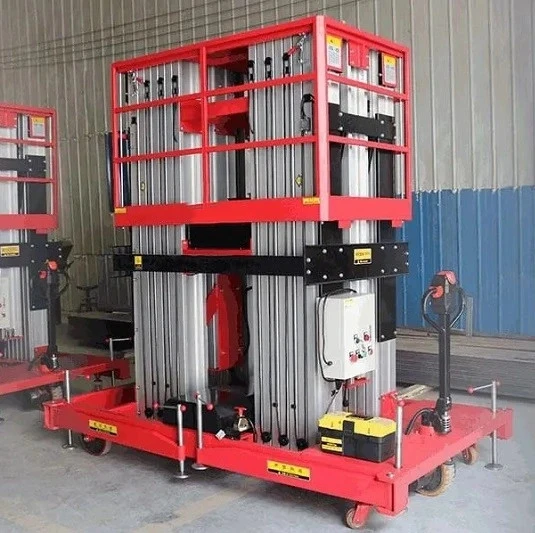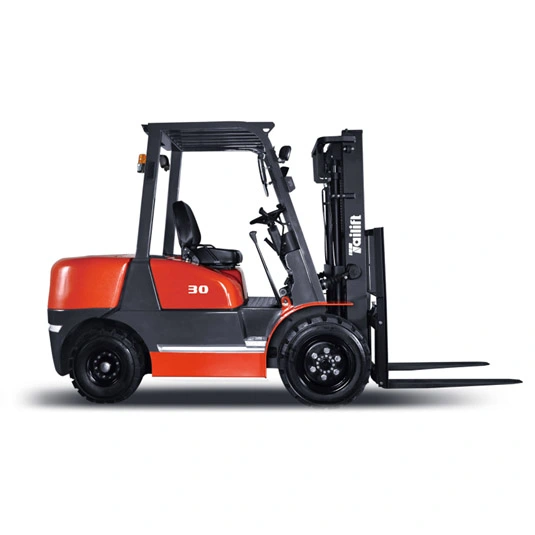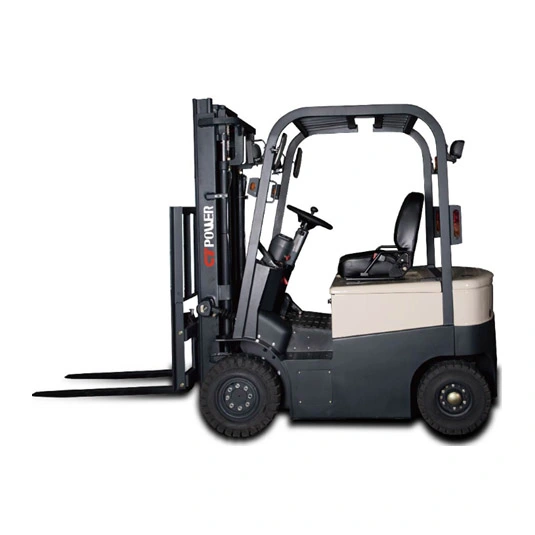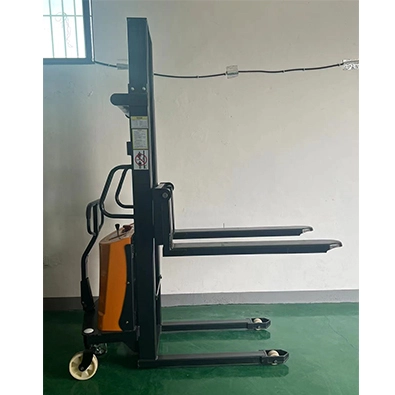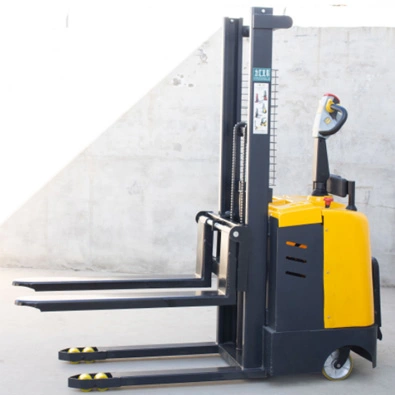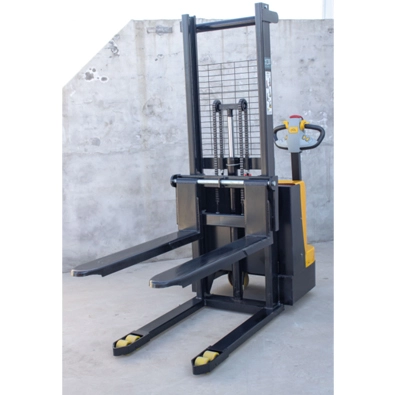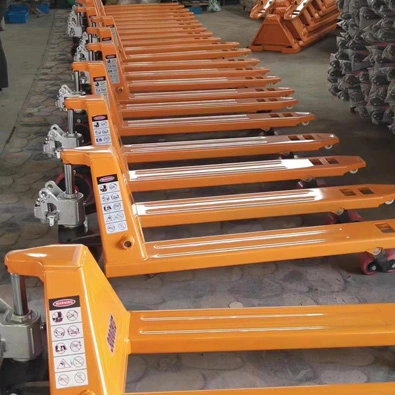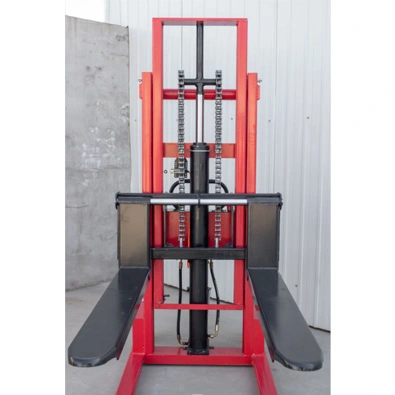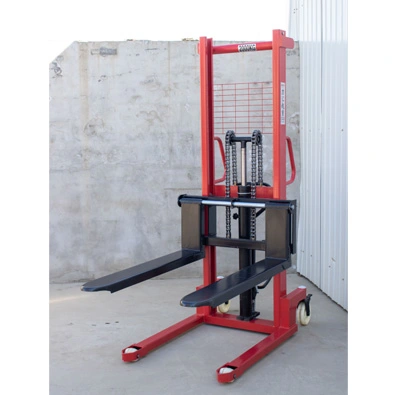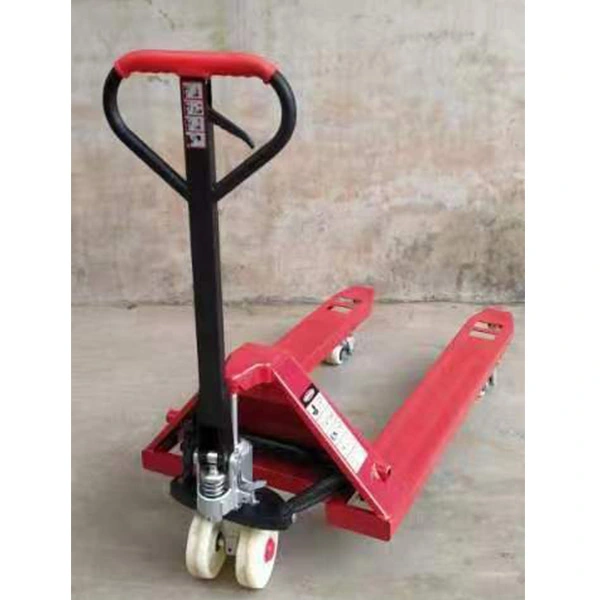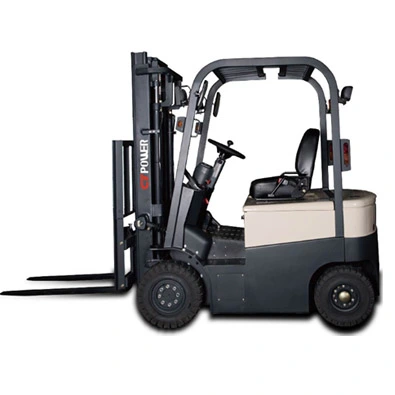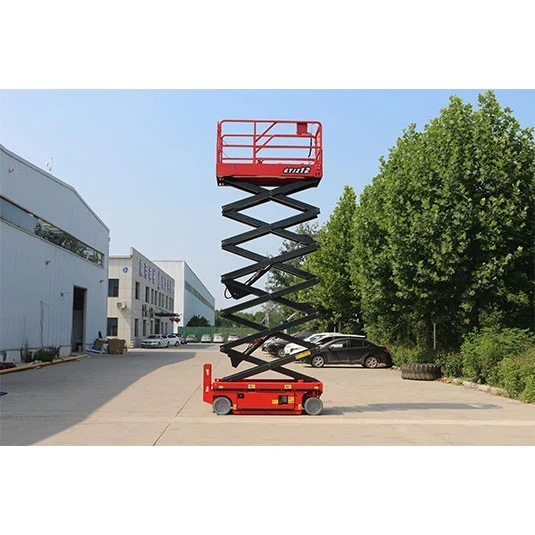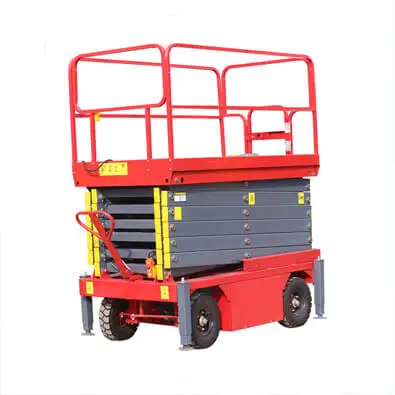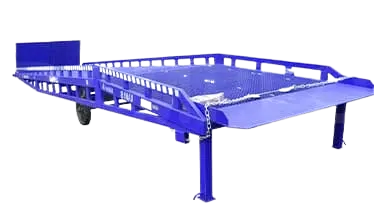In the world of industrial operations, efficiency and productivity are paramount. The ability to move materials quickly and safely within a facility can significantly impact the bottom line. This is where industrial cargo lifts come into play. These workhorses of the manufacturing and warehousing industry play a pivotal role in streamlining operations, reducing labor costs, and enhancing safety. In this blog, we will explore the various aspects of industrial cargo lifts and their vital role in improving industrial operations.
The Evolution of Material Handling
Industrial cargo lifts have a rich history that dates back to the early days of manufacturing. The concept of using mechanical lifts to transport goods within a facility revolutionized material handling processes. Over the years, these lifts have evolved into highly efficient and technologically advanced systems designed to meet the unique needs of various industries.
Enhancing Efficiency and Productivity
One of the most significant contributions of industrial cargo lifts to any operation is their ability to enhance efficiency and productivity. These lifts provide a quick and efficient way to move heavy or bulky materials between different levels of a facility. By reducing the need for manual labor and minimizing material handling time, industrial cargo lifts can significantly increase the throughput of an operation.
For example, in a manufacturing setting, raw materials can be transported from the storage area to the production floor with ease. This reduces the time and effort required to manually transport materials, allowing employees to focus on more valuable tasks.
Safety and Risk Reduction
Industrial cargo lifts are designed with safety in mind. They are equipped with various safety features such as interlocking doors, emergency stop buttons, and safety gates to prevent accidents. In addition, many modern cargo lifts are fully enclosed, protecting both the materials being transported and the workers nearby.
By reducing the need for manual material handling, industrial cargo lifts also minimize the risk of workplace injuries, such as strains, sprains, and slips and falls. This not only ensures the well-being of employees but also reduces workers' compensation claims and associated costs.
Versatility and Customization
One of the strengths of industrial cargo lifts is their versatility. They can be customized to suit the specific requirements of a facility. This includes variations in lift capacity, platform size, and height, among other factors. As a result, industrial cargo lifts can accommodate a wide range of materials and goods, from small components to large machinery.
The ability to tailor the lift to the needs of the operation ensures that it becomes an integral part of the workflow, effectively bridging the gap between different levels and departments within a facility.
Integration with Automation
In an era of automation and Industry 4.0, industrial cargo lifts are increasingly being integrated into automated material handling systems. This allows for seamless material flow, where items can be transported and sorted automatically without human intervention.
These lifts can be controlled remotely and are often part of a larger network of conveyors, robots, and sensors that work together to optimize the movement of materials throughout a facility. This level of integration not only enhances efficiency but also enables real-time monitoring and control of material handling processes.
Industrial cargo lifts play a vital role in streamlining operations across a variety of industries, from manufacturing to warehousing and distribution. Their ability to enhance efficiency, boost productivity, improve safety, and integrate with automation makes them an invaluable asset to any operation looking to stay competitive in the fast-paced world of industrial production. As technology continues to advance, we can expect even more innovations in the world of industrial cargo lifts, further enhancing their role as the backbone of operational efficiency.

